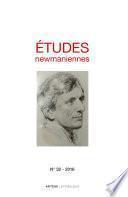
Etudes newmaniennes
Auteure: Amis du cardinal Newman
Nombre de pages: 184Contributions consacrées à l'actualité et aux apports de la pensée de J.H. Newman dans les domaines de la philosophie, de l'éducation et de la théologie.

Contributions consacrées à l'actualité et aux apports de la pensée de J.H. Newman dans les domaines de la philosophie, de l'éducation et de la théologie.

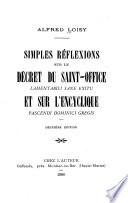
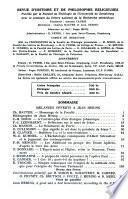
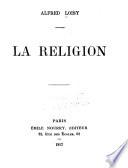
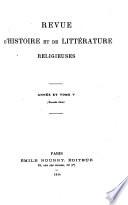
Includes section "Chronique bibliographique".
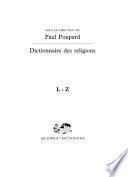
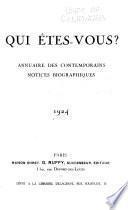

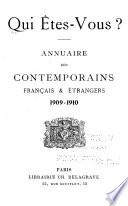
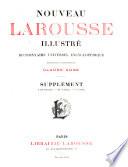

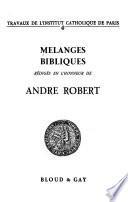

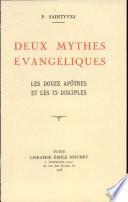
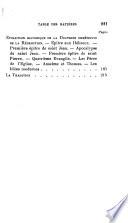
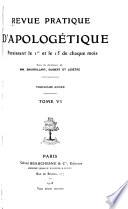
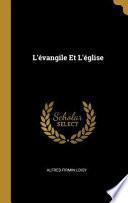
This work has been selected by scholars as being culturally important, and is part of the knowledge base of civilization as we know it. This work was reproduced from the original artifact, and remains as true to the original work as possible. Therefore, you will see the original copyright references, library stamps (as most of these works have been housed in our most important libraries around the world), and other notations in the work. This work is in the public domain in the United States of America, and possibly other nations. Within the United States, you may freely copy and distribute this work, as no entity (individual or corporate) has a copyright on the body of the work. As a reproduction of a historical artifact, this work may contain missing or blurred pages, poor pictures, errant marks, etc. Scholars believe, and we concur, that this work is important enough to be preserved, reproduced, and made generally available to the public. We appreciate your support of the preservation process, and thank you for being an important part of keeping this knowledge alive and relevant.
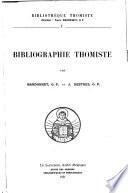

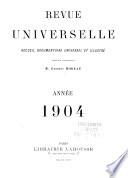
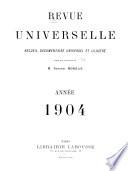
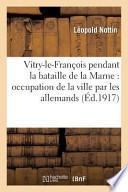
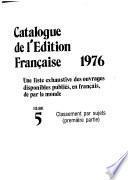
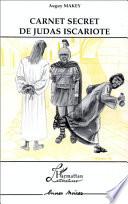
Judas Iscariote. Comment cet apôtre qui a lu les prophéties, suivi Jésus trois années durant à travers la Palestine, vu de ses propres yeux les miracles les plus éblouissants de toute l'histoire, a-t-il pu perdre la foi et trahir le messie ? Auguy Makey scrute l'itinéraire étrange de ce personnage maudit. Un portrait sans complaisance de Jésus-Christ. une plongée dans la psychologie tourmentée de Judas, l'apôtre dissident.
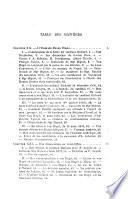
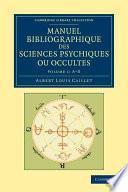
This essential reference tool for adepts of occult sciences and practices was first published in three volumes in 1912.
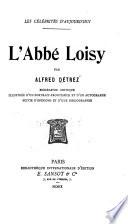
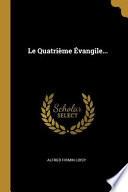
This work has been selected by scholars as being culturally important, and is part of the knowledge base of civilization as we know it. This work was reproduced from the original artifact, and remains as true to the original work as possible. Therefore, you will see the original copyright references, library stamps (as most of these works have been housed in our most important libraries around the world), and other notations in the work. This work is in the public domain in the United States of America, and possibly other nations. Within the United States, you may freely copy and distribute this work, as no entity (individual or corporate) has a copyright on the body of the work. As a reproduction of a historical artifact, this work may contain missing or blurred pages, poor pictures, errant marks, etc. Scholars believe, and we concur, that this work is important enough to be preserved, reproduced, and made generally available to the public. We appreciate your support of the preservation process, and thank you for being an important part of keeping this knowledge alive and relevant.

This work has been selected by scholars as being culturally important, and is part of the knowledge base of civilization as we know it. This work was reproduced from the original artifact, and remains as true to the original work as possible. Therefore, you will see the original copyright references, library stamps (as most of these works have been housed in our most important libraries around the world), and other notations in the work. This work is in the public domain in the United States of America, and possibly other nations. Within the United States, you may freely copy and distribute this work, as no entity (individual or corporate) has a copyright on the body of the work. As a reproduction of a historical artifact, this work may contain missing or blurred pages, poor pictures, errant marks, etc. Scholars believe, and we concur, that this work is important enough to be preserved, reproduced, and made generally available to the public. We appreciate your support of the preservation process, and thank you for being an important part of keeping this knowledge alive and relevant.
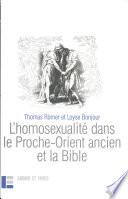
L'homosexualité est aujourd'hui un des grands thèmes de société. Le débat s'inscrit aussi dans le cadre des églises, et lorsque les chrétiens abordent ce thème, l'argument biblique joue un rôle décisif. Or, ce recours à la Bible est une affaire hautement piégée, car bien souvent on cite la Bible pour légitimer sa propre position sur la question. Au-delà des lectures apologétiques qui ont trop souvent réduit les textes bibliques au rôle d'arguments justifiant ou condamnant l'homosexualité, ce livre propose un parcours historique et informatif dans le monde du Proche-Orient ancien et de la Bible, à la recherche de la conception que ces sociétés avaient des relations amoureuses et sexuelles entre hommes et du statut qu'elles leur accordaient. Le but de ce livre n'est donc pas de fournir des arguments bibliques à l'un ou à l'autre camp, mais d'entreprendre une lecture historique et contextuelle des textes bibliques et proche-orientaux.
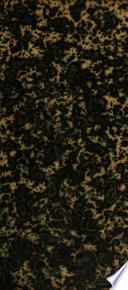
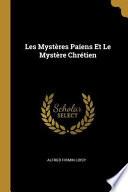
This work has been selected by scholars as being culturally important, and is part of the knowledge base of civilization as we know it. This work was reproduced from the original artifact, and remains as true to the original work as possible. Therefore, you will see the original copyright references, library stamps (as most of these works have been housed in our most important libraries around the world), and other notations in the work. This work is in the public domain in the United States of America, and possibly other nations. Within the United States, you may freely copy and distribute this work, as no entity (individual or corporate) has a copyright on the body of the work. As a reproduction of a historical artifact, this work may contain missing or blurred pages, poor pictures, errant marks, etc. Scholars believe, and we concur, that this work is important enough to be preserved, reproduced, and made generally available to the public. We appreciate your support of the preservation process, and thank you for being an important part of keeping this knowledge alive and relevant.
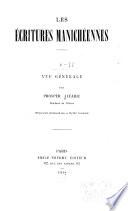
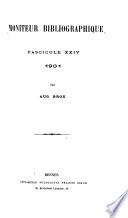
Options de téléchargement